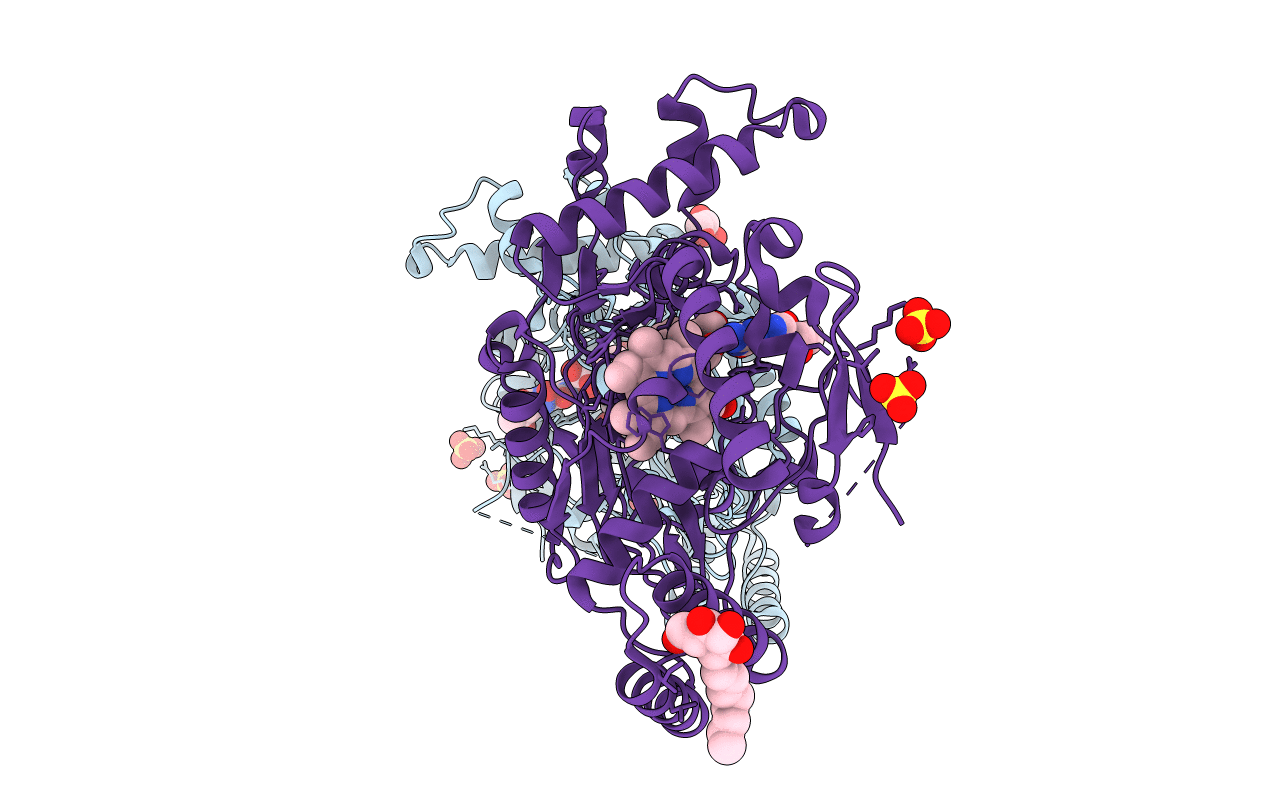
Deposition Date
2010-06-29
Release Date
2010-07-21
Last Version Date
2023-09-06
Entry Detail
PDB ID:
3NQS
Keywords:
Title:
Crystal Structure of Inducible Nitric Oxide Synthase with N-Nitrosated-pterin
Biological Source:
Source Organism:
Mus musculus (Taxon ID: 10090)
Host Organism:
Method Details:
Experimental Method:
Resolution:
2.20 Å
R-Value Free:
0.22
R-Value Work:
0.20
R-Value Observed:
0.20
Space Group:
P 61 2 2


